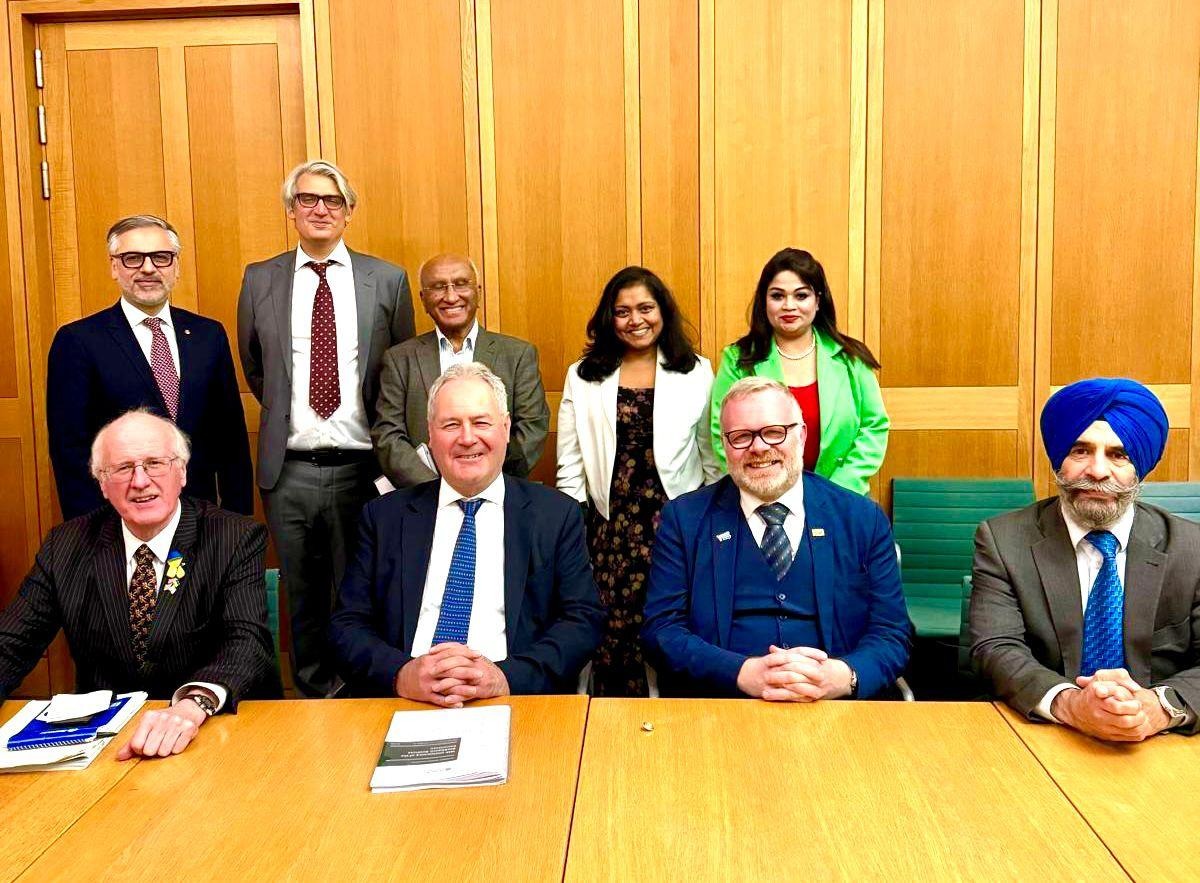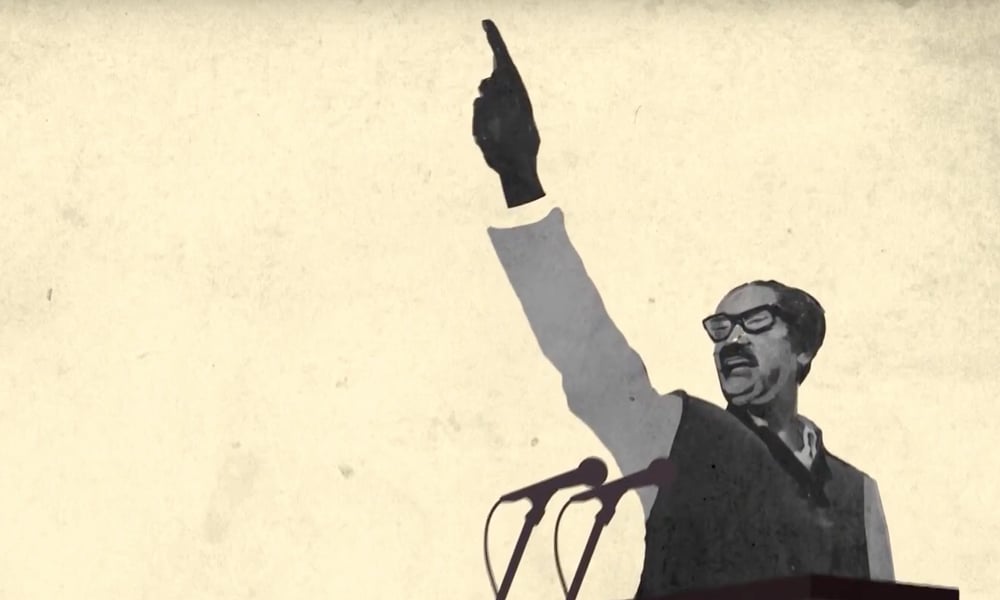3303
Published on April 29, 2023Between 2001 and 2006, the BNP-Jamaat government embezzled funds from the power sector. Tarique Rahman, son of Khaleda Zia, illegally obtained and smuggled approximately Tk 10,000 crore under the guise of electricity, resulting in a decrease in power generation capacity. This affected rural farmers and caused an acute shortage of fresh water in large cities like Dhaka, leading to protests by housewives. BNP MPs also used their terrorist forces to subject common people to brutal torture.
The irrigation crisis had severe nationwide consequences, with crop production falling by 50% in the greater northern region and greater Chittagong, leading to a food crisis. The scarcity and famine grew worse over time, culminating in a famine breaking out across the nation during the government's final year.
News reports from 2004 to 2006 reveal that Khaleda Zia's government was preoccupied with corruption while citizens suffered from a lack of water for cooking and bathing. The government failed to take action to address the issue. During times of drinking water scarcity in urban areas, BNP-Jamaat leaders and activists profited from water sales at prices several times higher than usual.
Water crisis leaves millions in Dhaka, Chittagong, and Narayanganj unable to cook or bathe in 2004
In 2004, a water crisis left millions in Dhaka, Chittagong, and Narayanganj without access to clean water for cooking or bathing. According to a May 7th report from the Janakantha newspaper, the combination of scorching heat, frequent power outages, and load shedding resulted in a daily shortage of 50 crore liters of water in Dhaka. On April 17th, another news report stated that the BNP-Jamaat government could not provide clean water to city residents due to power outages caused by a severe heatwave. Meanwhile, villagers in the southwestern region were suffering throughout the day due to the lack of electricity. The situation was dire enough that people were left with no choice but to pray for rain.
Residents of Narayanganj city were left without water for an entire week due to the electricity crisis and the government's indifference, as per a June 7th news report. Despite the damage to water pumps, Khaleda Zia's administration failed to take any measures to address the issue, leaving at least 200,000 people without water from Wasa. Men and women took to the streets to demand access to potable water.
Similarly, the residents of Chittagong suffered from prolonged electricity outages throughout the day. WASA, despite the demand for 10 million gallons of water, only supplied 3 million gallons, leaving 3.5 million people without access to drinking water. Rampant government corruption had led to a decline in power generation, making it difficult for people to cope with the intense heat. Chittagong city was plunged into darkness from the evening onwards, resulting in an increase in crime.
Moreover, on March 20th, it was reported that nearly 400,000 residents of Mathbaria had to rely on rivers and ponds for water as fresh water was scarce. As a result, they were exposed to water-borne diseases and were struggling to survive. Despite the demand for a water supply, Khaleda Zia's government failed to establish alternative sources of fresh water and adequate tube wells in the region, leaving people in dire straits.
Lack of electricity, gas and water leads to factory shutdowns in 2005, while BNP leaders profit from water business syndicate
According to a report published in the Janakantha newspaper on May 25, 2005, ANH Akhtar, who was the Managing Director of Dhaka WASA at that time, acknowledged that there was a deficit of 60 million liters of fresh water in Narayanganj every day. Despite a daily demand of 10 crore liters of water, many areas were unable to access clean water due to power outages and the widespread corruption of the BNP-Jamaat government.
According to a report published by Janakantha on September 22, the residents of old Dhaka were facing a severe crisis due to the combination of power outages and a shortage of water. The power cuts caused factories to shut down for up to 16 hours a day, and the intense heat made it unbearable for nearly 2 million people to stay at home. Housewives took to the streets to demand access to electricity and water. In the absence of reliable electricity, parents had to rely on candles and hurricane lamps for their children's education. The housewives complained that even when electricity was available, the low voltage damaged their water pumps and refrigerators. The report also revealed that many areas had been without clean water from WASA for over a month. In some cases, farmers were selling water from their own cars at inflated prices, and desperate residents were forced to buy this water to survive.
As per the report dated April 21, the people of the capital were crying out due to the intense heat and the crisis of electricity and water. The locals of Jigatla protested against the water shortage caused by the electricity crisis. Similarly, ten thousand traders of New Market locked their shops and started protesting on the streets, demanding electricity. It was found that the production of WASA water fell drastically due to the power crisis. As a result, there was a shortage of at least 67 crore liters of water in the capital every day.
According to a news report dated March 10, 2005, the BNP-Jamaat government's rampant corruption in the power sector was exposed during the summer season. The electricity crisis led to the government's order to close markets nationwide in the evening. Although the government allowed markets and shopping malls to remain open by using generators, no electricity was allowed to be used. Furthermore, the shortage of gas exceeded 30 million cubic feet per day, leading to a decrease in power generation. Common people were unable to cook at home due to the gas shortage. ANH Akhtar, the MD of Wasa, also confirmed that the electricity problem caused a decrease in water production by at least 10 crore liters per day.
On June 9, 2005, it was reported that Chittagong city was also affected by the power crisis, which had caused the water supply to reach an all-time low. Consequently, people started competing for access to safe drinking water. The daily shortage of electricity was around 150 MW, which resulted in the city experiencing up to 10 to 12 hours of load shedding and darkness.
Based on the news from June 2, the residents of Mohammadpur were facing severe water scarcity due to the malfunctioning pumps of WASA, and the situation was worsened by the power crisis. WASA only supplied water for two hours at night for one million people in the area, but even that supply was stopped at some point. Despite paying regular water charges, customers did not receive any water and had to buy water from WASA employees at inflated prices. The BNP-Jamaat coalition government did not take any steps to address the issue, and the residents accused them of providing special water supplies only to political VIPs. The locals described the situation as a crisis like Karbala, and they had been suffering from the lack of fresh water for a long time.
Water Crisis in 2006: Crop Production Halved, BNP-Jamaat Terrorists Assault Protesters
A photograph published in Janakantha newspaper on March 1, 2006 depicted residents of Badda, Dhaka blocking the road with pitchers and buckets, demanding water and electricity. The BNP-Jamaat coalition government's mismanagement of water, electricity, and gas supply disrupted people's lives. Due to power outages lasting 14 to 16 hours, people were already struggling to cope with the intense heat, and residents of the capital had been suffering from a shortage of fresh water for months. Housewives were forced to keep their stoves closed due to the lack of gas. The situation continued to deteriorate throughout Khaleda Zia's regime, and the government never took any steps to alleviate the situation during the summer months.
The power crisis in both the capital and the country as a whole caused significant disruptions in the farming sector. According to a report by Janakantha on March 4, even the irrigation systems of farmers were affected during the Iri and Boro seasons in the northern region. In Gaibandha, seven upazilas experienced power outages of more than 12 hours per day on average, and even when there was electricity, low voltage made it impossible to operate appliances like TVs, refrigerators, and water pumps. The Department of Electricity and Agriculture sources reported that Boro paddy was cultivated on 35,000 hectares of land in the district, but due to lack of irrigation, many lands have become barren. Gaibandha had a daily electricity demand of 15 MW but was supplied with only 6 MW, causing significant misery for farmers and exacerbating the irrigation crisis.
On March 4, Janakantha reported that the lack of electricity and low-voltage in Sirajganj had caused the motors of most of the 11,000 pump machines to burn out. As a result, 11,000 irrigation pumps failed to provide enough water to 625,000 bighas of iri and boro land, causing the rice seedlings to wilt. This resulted in the cultivated area being reduced to half of about 7 lakh metric tons. Due to the electricity crisis, about 17,000 businesses in the district were forced to close in the evening, affecting the livelihoods of many. Additionally, the intense heat made life miserable for around 1,31,000 residential customers.
On March 7, Jankantha reported that farmers in Narail-Jashore highway blocked the road demanding fertilizer, diesel, electricity, and water. The farmers were outraged by the lack of irrigation water during the boro cultivation season. Due to the high cost of diesel and the absence of electricity, half of the boro seedlings withered and died in the fields. Furthermore, government fertilizers were being extracted and sold by local dealers, causing villagers to miss out on buying fertilizers at a fair price. In Kurigram, farmers were unable to collect a bag of urea fertilizer, and even in areas where fertilizer was available, it was priced two or three times higher, making it unaffordable for many.
On May 7, a news report accompanied by a photo showed that the residents of various areas in the capital city of Dhaka took to the streets to protest against the prolonged water crisis. In Shanir Akhra, housewives, students, and professionals who were protesting were attacked by cadre forces of the BNP-Jamaat government. It was reported that, under the orders of MP Salahuddin, hundreds of terrorists were divided into small groups and instigated violence in the capital. The locals held MP Salahuddin responsible for the water crisis in Demra, blaming him for corruption and arbitrary actions. In the chaos, the angry mob even thrashed the BNP MP.
Engineers attending a function in the capital also blamed Salahuddin's corruption and misuse of power for the water crisis, as the water pumps in Shanir Akhra were occupied by his cadres who sold water in cars to the public at exorbitant prices, exacerbating the situation.
Even most of the crop fields of lakhs of farmers in greater North Bengal including Naogaon and Natore dried up due to lack of water. As a result, rural farmers referred to the BNP's grain of rice as a poison of death.














